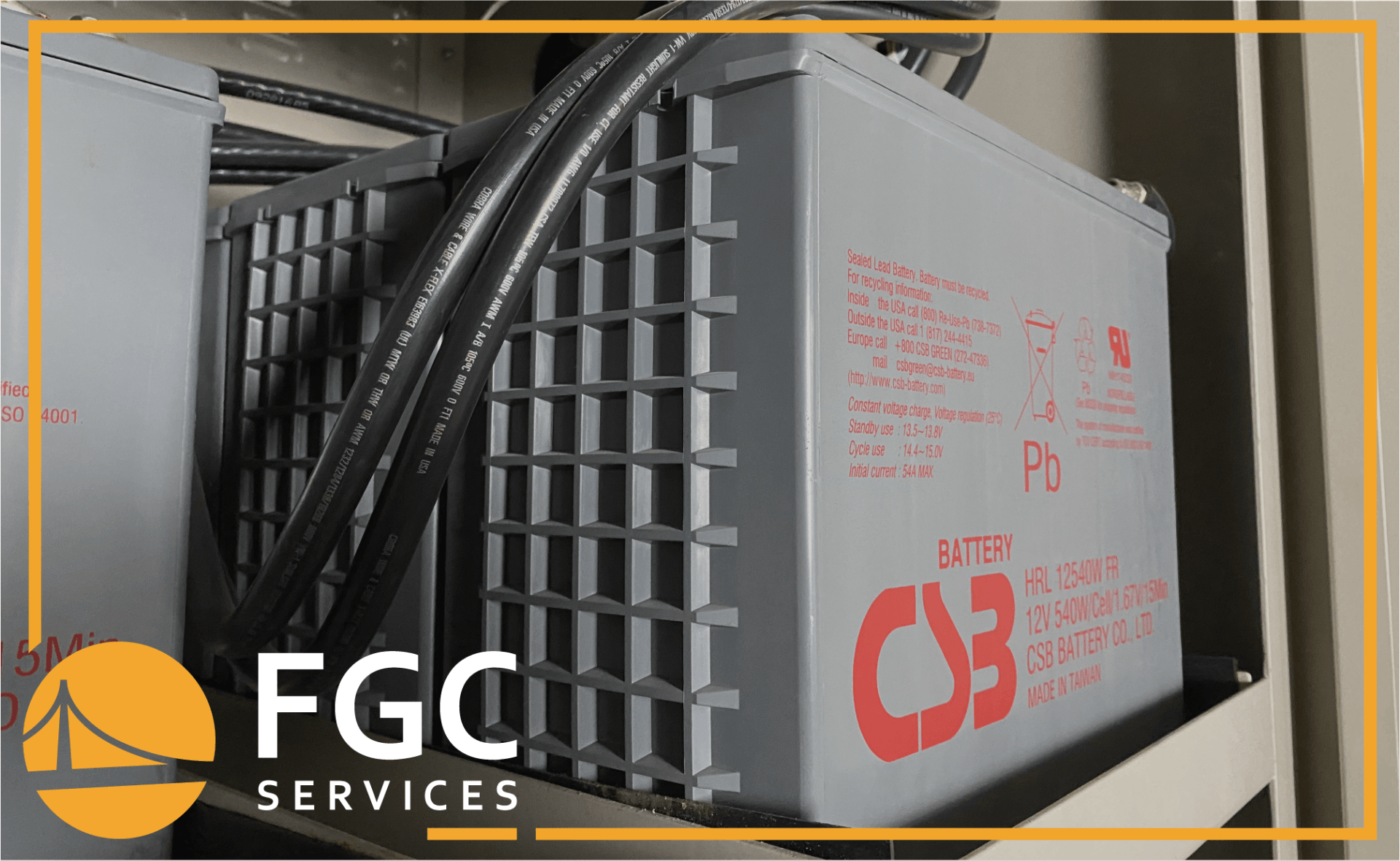Case Study #10: UPS Batteries on Thermal Runway
21 October 2022
Share this article:
Type of Customer/Facility: Utility Services
Location: NJ
Product: Enersys Wet Cell 4DXC-13B External Batteries, Date Code 10/2010
Service Level with description: PM Plus. Includes a guaranteed response time with parts and labor billed at T&M rates.
Summary: The client called our National Operations Center (NOC) because their UPS batteries were overheating. A senior field engineer was immediately dispatched to the site. Within two hours, our field engineer arrived at the site, assessed the situation, and recommended a replacement battery cabinet for the client.
Preliminary Actions: Our client called our NOC, indicating their batteries were overheating. Our field engineer arrived at the site within two hours of the call. They then performed temperature readings of both the ambient room temperature and the temperature adjacent to the batteries. After measuring the ambient temperature to be 92°F and the batteries’ temperature to be around 140°F, our field engineer concluded the batteries were in thermal runway and needed to be taken offline immediately. The field engineer transferred the UPS into bypass and opened the battery breaker to remove it from charge. Our Account Management Team along with our Tech Support Team proposed a rental option to the client as well as a long-term replacement.
Mean Time to Respond (MTTR): Under 2 Hours
Failed Parts: Yes, Enersys Wet Cell 4DXC-13B External Batteries
Findings/Solutions:
1. The Facility Gateway Field Engineer performed temperature checks on both the ambient room temperature and the batteries casing temperature.
2. The Facility Gateway Field Engineer concluded the batteries were in thermal runway.
3. The Facility Gateway Field Engineer placed the UPS unit into bypass and opened the battery circuit breaker to remove the batteries from charge.
4. Facility Gateway recommended a rental option for the client’s immediate needs.
Connect with Us:





